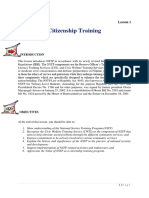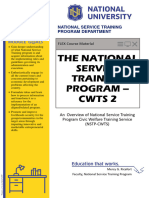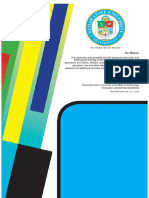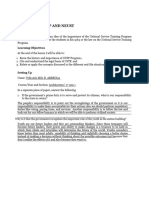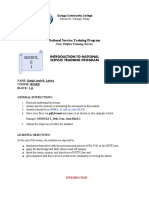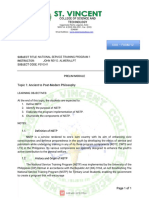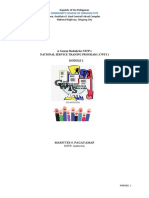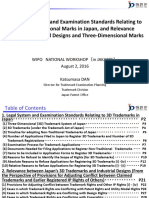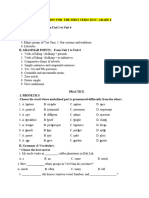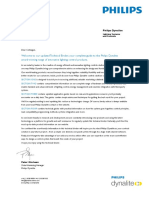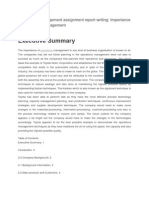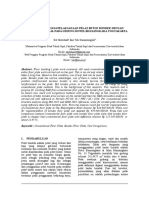Introduction
Promotion of community service among the Filipino youth has been the ultimate reason for the
conception of the National Service Training Program (NSTP), and subsequently, it becomes part and
parcel of the tertiary education curricula.
Hence, the program design, operational processes, and developmental activities to be conducted
during/within the duration of the course must be contributory to the enhancement of community life,
such as pertaining to health, environment, safety, education, entrepreneurship, and recreation of the
community people.
In order for the students to greatly appreciate the reason(s) for their personal involvement with the
course, Lesson 1 lays down the brief historical background of the creation of NSTP. Moreover, there will
be a quick presentation on how NSTP became a mandatory course under the tertiary curricula. Also,
included in this lesson are the legal bases which NSTP is anchored on.
National Service Training Program is a program to foster civic consciousness and defense preparedness
among young people by developing the ethics of services and patriotism. In 2001 it was enacted by the
Republic Act 9163 or NSTP Act of 2001 and implemented in
schools in the Philippines. NSTP is a course that must be taken by all male or female students taking a
baccalaureate degree or two-year vocational course in any private and public institution. NSTP is one of
the requirements to complete before graduating from college or a vocational course. According to the
implementing rules and regulations of the NSTP, there are 25 hours required common modules that
must be taken before the student can choose from the three components of the NSTP. Common
modules contain various topics such as Drug education, Disaster Risk Preparedness, Environmental
awareness, and others.
The NSTP has its historical basis in the 1935 Commonwealth Act No. 1, also known as the National
Defense Act which aimed to oblige all men aged 18- 30 to participate in military service. In 1980,
Presidential Decree 1706 or National Service Law was enacted, which made all Filipinos obligated to
participate in the civic welfare service, law enforcement service, and military service. Then Republic Act
no.7077, or the Citizen Armed Force or Armed Forces of the Philippines Reservist Act was implemented
in 1991 to train citizen soldiers.
According to Republic Act 9163, National Service Training Program (NSTP) is a program aimed at
enhancing civic consciousness and defense preparedness in the youth by developing the ethics of
service and patriotism while undergoing training in any of its three (3) program components. Its various
components are specially designed to enhance the youth’s active contribution to the general welfare.
1. Civic Welfare Training Service (CWTS)
Refers to the Program component or activities contributory to the general welfare and the betterment
of life for the members of the community or the enhancement of its facilities, especially those devoted
�to improving health, education, environment, entrepreneurship, safety, recreation and moral of the
citizenry and other social welfare services
2. Literacy Training Service (LTS)
LTS is designed to teach students to be literacy and mathematics teachers to young students, out-of-
school youth, and other social sectors who need it.
3. Reserve Officers’ Training Corps (ROTC)
The ROTC is designed to provide military training to tertiary level students to motivate, train, organize
and prepare students for defensive needs this is in correspondence with Sections 38 and 39 of RA 7077.

